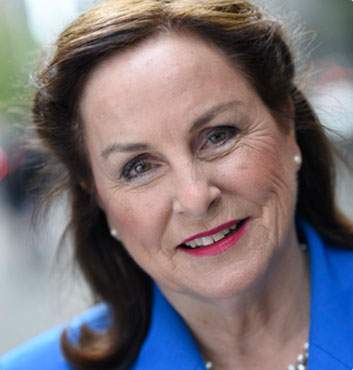As a parent, you are not enabling if you try to facilitate treatment for your child with a medical disease such as substance abuse disorder. If you make excuses for your child, deny or minimize their issues, fix their legal problems, provide means for them so they are comfortable and can continue their habit, then you are enabling.
According to SAMHSA, recovery is a “process of change through which individuals improve their health and wellness so they can live self-directed lives and strive to reach their full potential. These four major components are central to recovery: 1) health 2) home 3) purpose 4) community.” While there is no magic cure for addiction and the relapse rate is high (studies indicate that up to half of patients of patients who receive treatment for SUDs relapse within the first year after completion of treatment), parents shouldn’t give up hope.
With evidenced-based and practice informed data, you will have better decision making as to which program is a good fit for your child. Whether your child is going into a twenty-eight day rehab, a longer treatment such as a therapeutic boarding school, a sober living house following detox, you will need to research each program, its cost, pros and cons, and features. The websites of the potential providers should provide descriptions of the programs offered. How long is the projected length of treatment, how much does it cost, and what is their philosophy behind their treatment?
Find out from the program representative if their clients sustain their recovery after treatment. If the number sounds too high, don’t consider that particular place. Ask many questions. This checklist will help you in gathering information:
- What is the program’s philosophy of care? Is it evidence-based, abstinence-based or based on harm reduction principles ( teaching not to share dirty needles, etc.)?
- Does treatment incorporate a 12-Step approach to recovery, and if so, how are the Twelve Steps integrated into the program? Do clients attend meetings on-site and/or off-site?
- What types of therapy are used, (e.g. CBT (cognitive Behavioral Therapy), group, motivational interviewing , or MAT (Medication Assisted Treatment)?
- How are co-occurring disorders (mental health conditions) treated?
- How does the program provide TIC (Trauma-Informed Care)?
- How does the program address the needs of a specific population to which your child belongs such as LGBT?
- How and with what frequency do clients receive individual therapy and group therapy? What are the credentials or those who provide therapy and lead the groups?
- What, if any, skills training is provided for clients?
- What connections are made with RSS to support recovery after discharge?
- What is the projected length of treatment?
- Is there an educational program for family members?
- Will couples therapy or family sessions be scheduled?
- Is the family involved in discharge planning?
- Are there financing options: are applicable benefits or insurance accepted?
- Does the program obtain insurance precertifications and advocate for the client with the insurer?
- How is the success of the program measured, and what do the results of those measurements indicate?
Adapted from the book On The Other Side Of Chaos: Understanding the Addiction of a Loved One. by Ellen Van Vechten, JD., MSW, CADC. (Central Recovery Press: 2018).

Wesley Cullen Davidson
Wesley Cullen Davidson is an award-winning freelance writer and journalist specializing in parenting. Currently, she is targeting her writing about recovery to parents whose children have substance abuse disorders.
Great article , well researched and presented. Bonnie